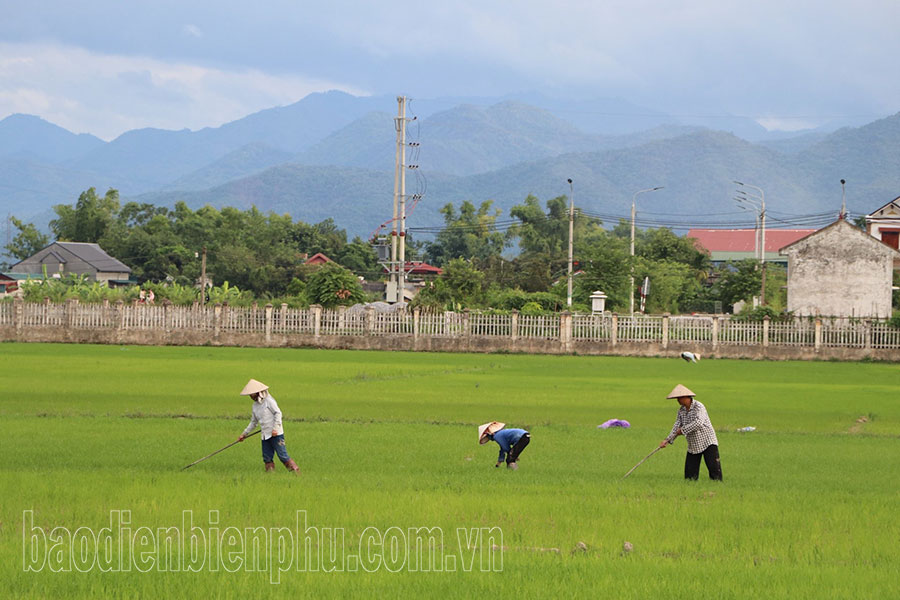
Districts, towns, cities and specialized agencies of the agricultural sector have increased staff to the grassroots to direct production, inspect, and guide farmers in implementing solutions for crop care; pest control to ensure successful summer-autumn crop production. People are advised to regularly monitor their fields and crop areas, promptly detect pests, and have timely prevention methods. At this time, in the fields, farmers are actively going to the fields to take care of, fertilize, and weed rice, peanuts, and corn.
According to statistics from professional agencies, as of July 28, the total area of crops infected with harmful organisms was more than 2,313 hectares. In particular, on the winter-spring rice crop, a number of pests appeared, such as: Small leaf roller with a common density of 1 individual/m2, in some places 5 - 25 individuals/ m2 , with an infected area of 13 hectares; rice blast disease with a common density of 0.5 - 1.5%, in some places 5 - 15%, locally 50%, infected area of 111.5 hectares; Golden apple snail with a common density of 1 - 3 individuals/ m2 , in some places 10 individuals/ m2 , infected area of 307.8 hectares; Rats commonly cause damage of 1 - 3%, in high places 5 - 15%, infected area of 94.3 ha... On other crops (upland rice, summer-autumn corn), diseases such as brown spot disease, silver leaf disease, rats, small leaf rollers, fall armyworms, large leaf spot disease appear sporadically; the situation of bamboo locusts continues to cause damage on bamboo hills in Muong Nhe district...
To ensure productivity and efficiency for crops, the Department of Agriculture and Rural Development has recommended that localities and people regularly monitor the weather and plant diseases, especially newly emerging diseases, to promptly spray for prevention and control. In particular, for rice, it is necessary to strengthen the investigation and closely monitor the situation of harmful organisms to have timely treatment measures, especially closely manage leaf blast, brown leaf blight, leaf roller, and planthoppers. Instruct people to promptly isolate and treat areas with newly emerging diseases or in fields where spraying has not been effective.
For fruit trees, instruct people on appropriate care measures for each type of tree, prevent pests by applying integrated pest management (IPM) measures, measures to improve soil health of the IPHM program (integrated plant health management). In particular, pay attention to adding micronutrients such as calcium and zinc to reduce fruit drop and cracking due to malnutrition; properly manage powdery mildew and anthracnose on mango trees; spiders, fruit borers, fruit flies on citrus trees... with biological products, herbal medicines, biological medicines to help balance the ecosystem, ensuring safety for producers. Continue to closely monitor the development of bamboo locusts and proactively prevent them.
Thanks to proactive solutions, up to now, summer-autumn crops in the province are growing well, pests and diseases have been treated promptly, without much impact on the growth and development of plants. For small leaf roller disease on rice plants, people have proactively sprayed to prevent and control 128 hectares infected with various diseases; sprayed to prevent and control 250 hectares infected with rice blast disease; and sprayed to prevent and control nearly 90 hectares of harmful organisms such as rats, golden apple snails, bacterial leaf blight, etc. For other types of plant diseases with small infected areas, people have proactively sprayed to prevent and control them. However, given the complicated weather, people should not be subjective, but should actively take care of, prevent pests and use pesticides according to the recommendations of professional agencies.
Source








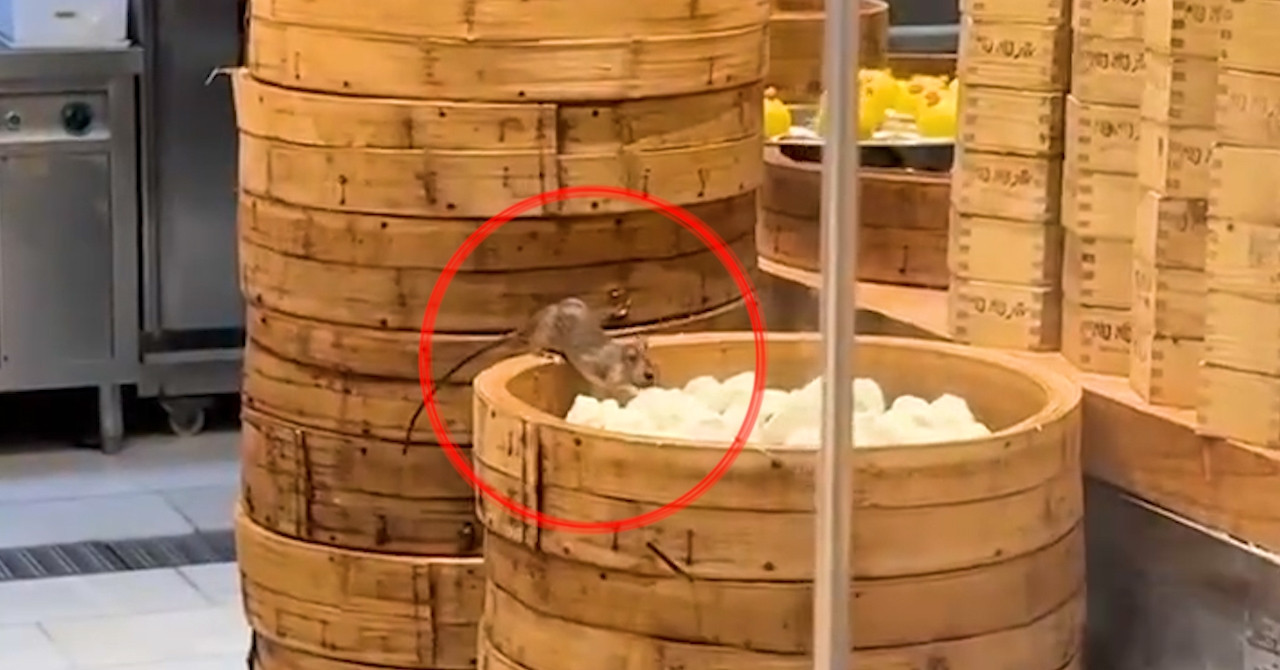

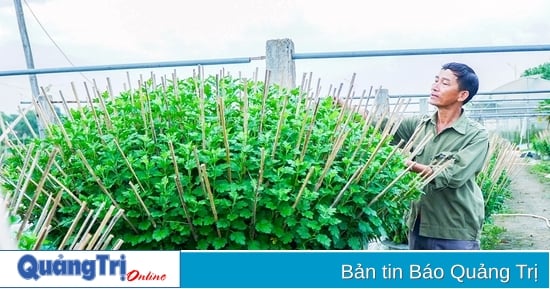
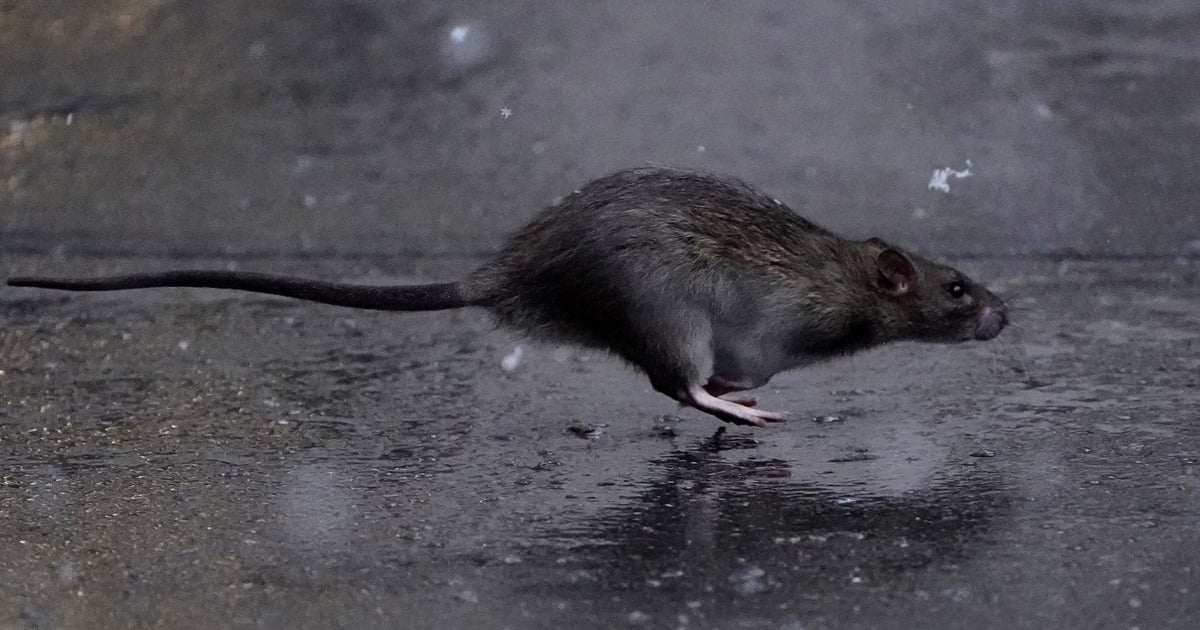

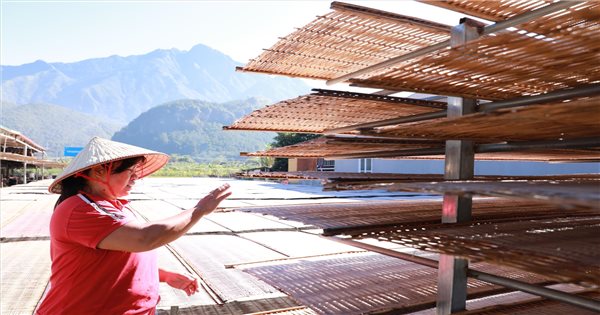






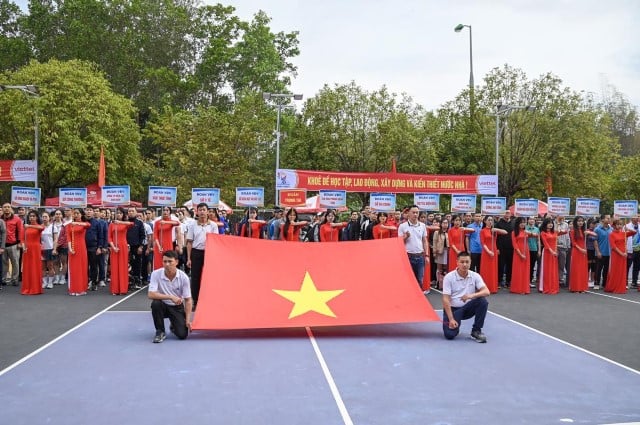

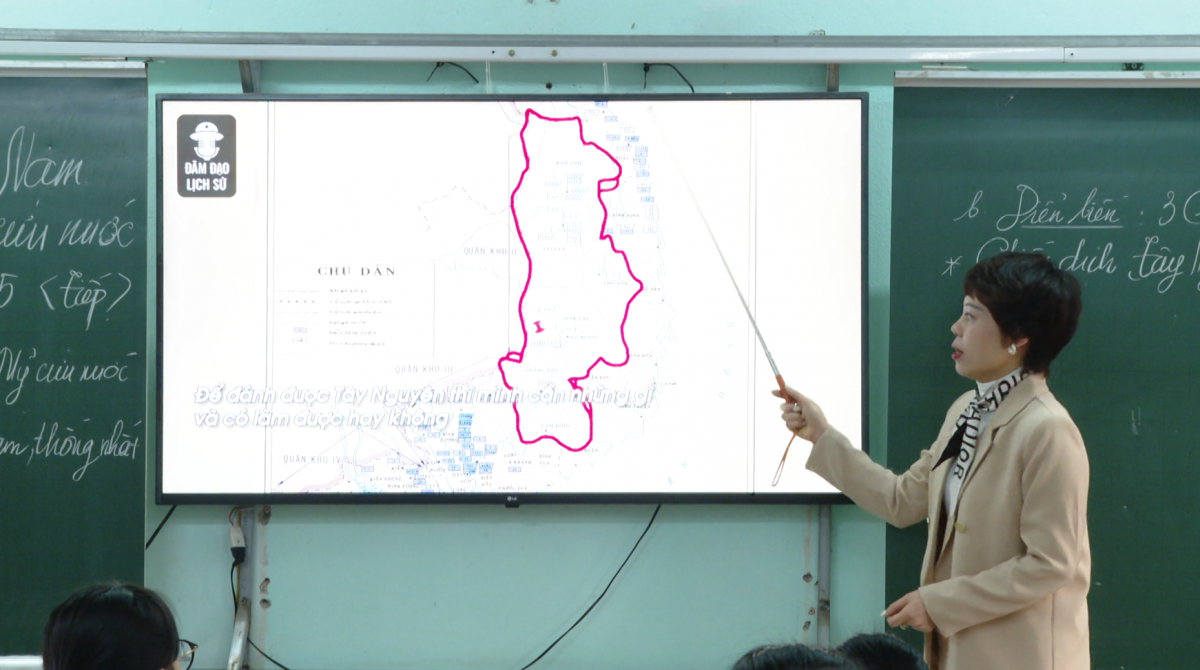



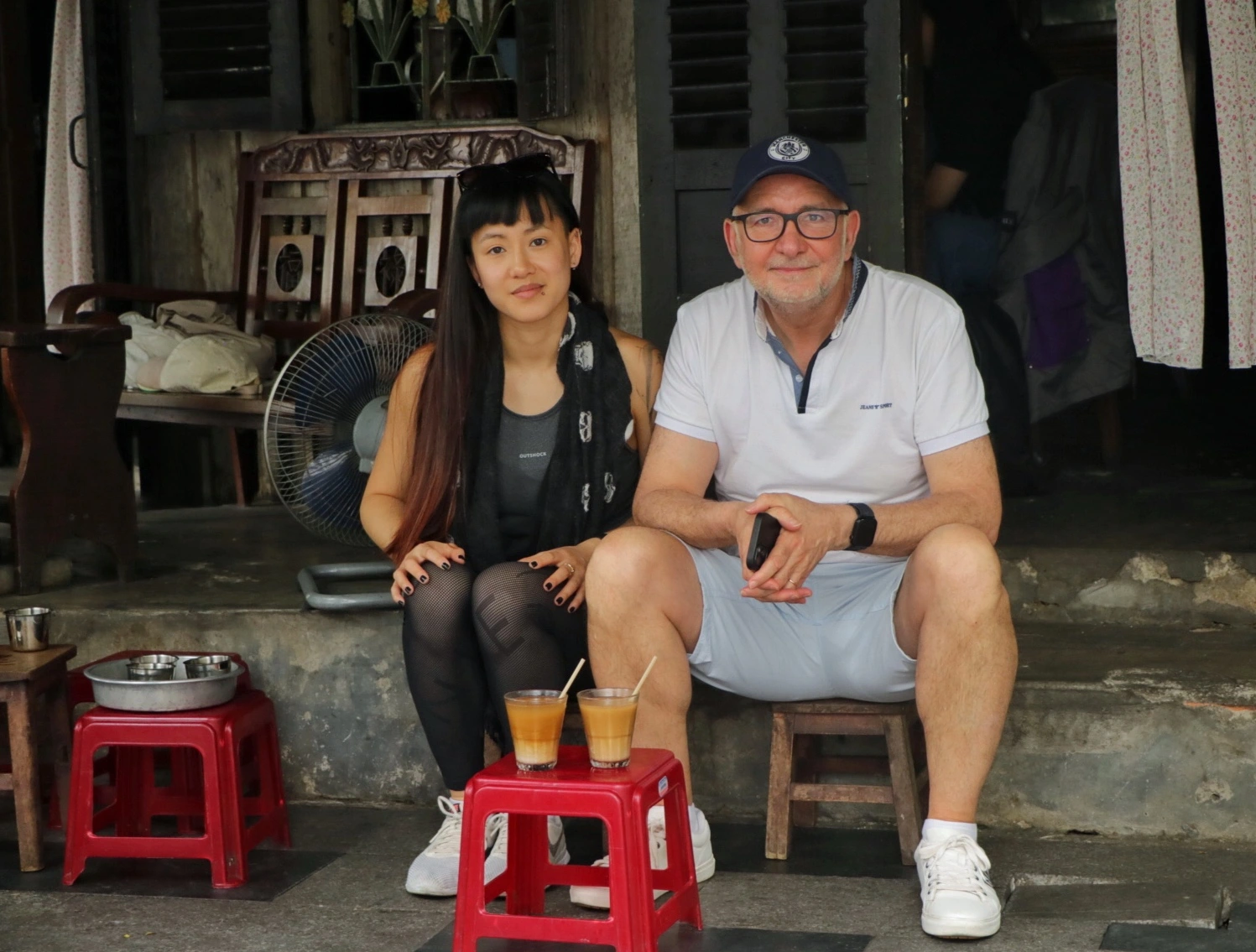



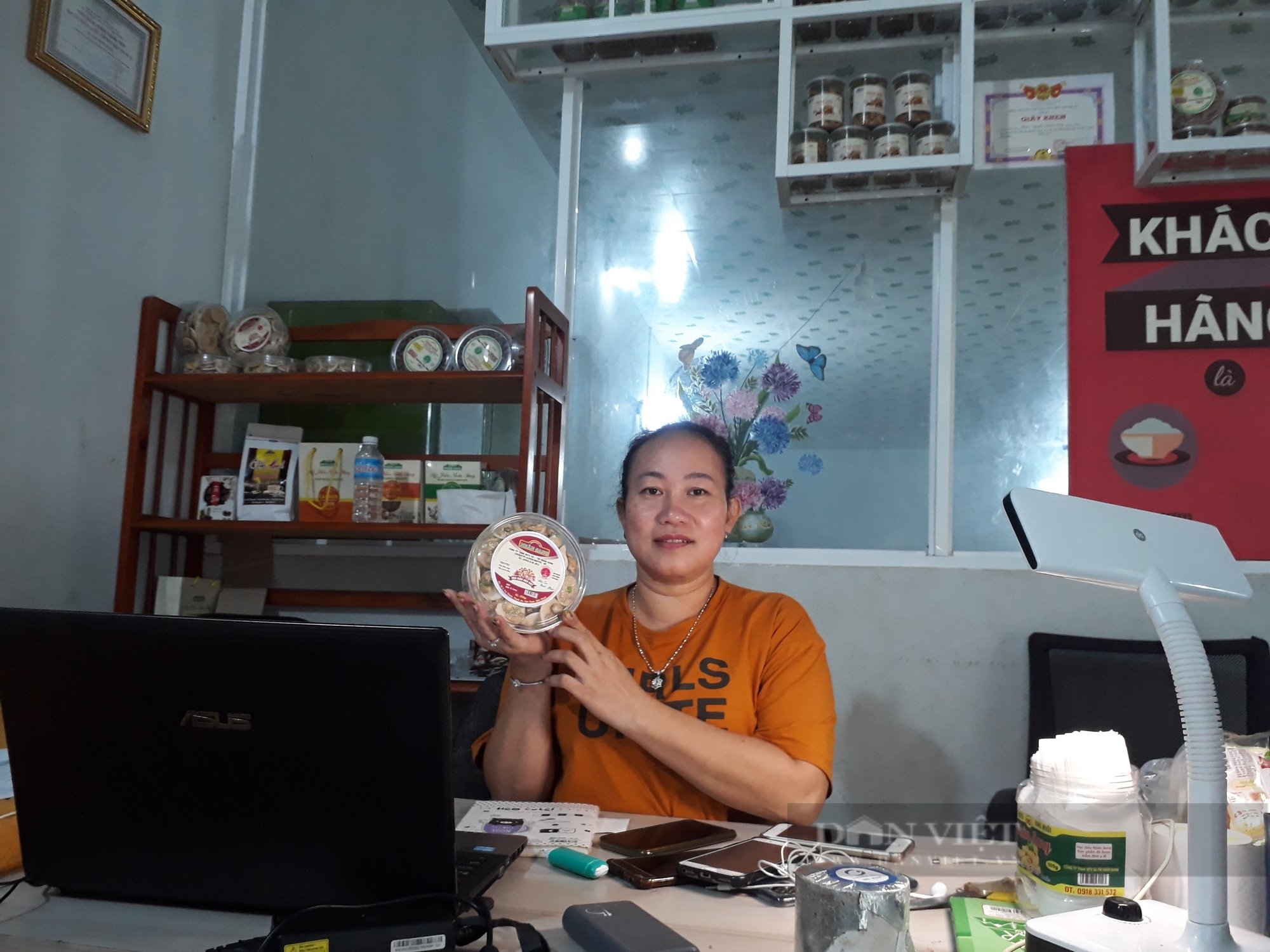



Comment (0)